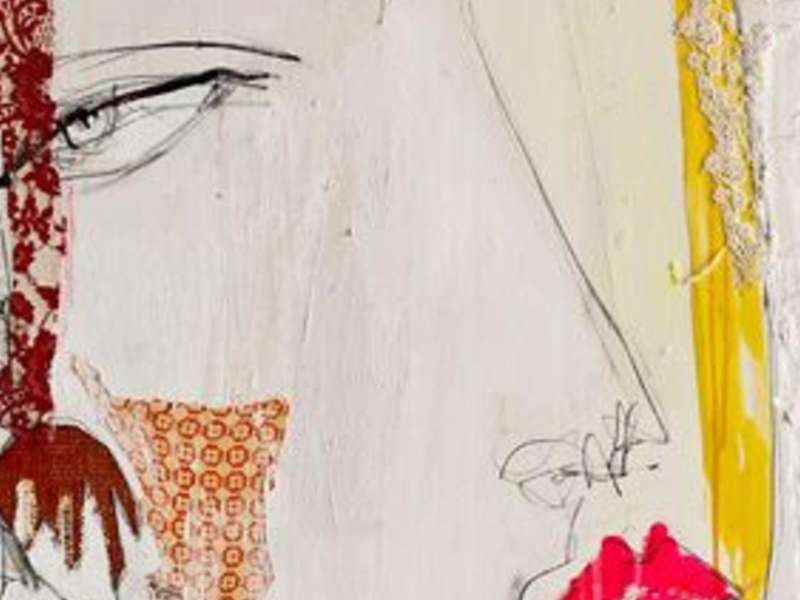
The Unconventional Choices of an Art Gallery in Seminyak
Purpa Art Gallery Bali opened its first gallery in Ubud in 1970. The owner, I Nyoman Purpa, was one of Indonesia’s most prominent curators and collectors. In 2014, her daughter Ari Purpa opened her own gallery in Seminyak, specializing in modern and contemporary art by Indonesian and European artists.
자세한 정보